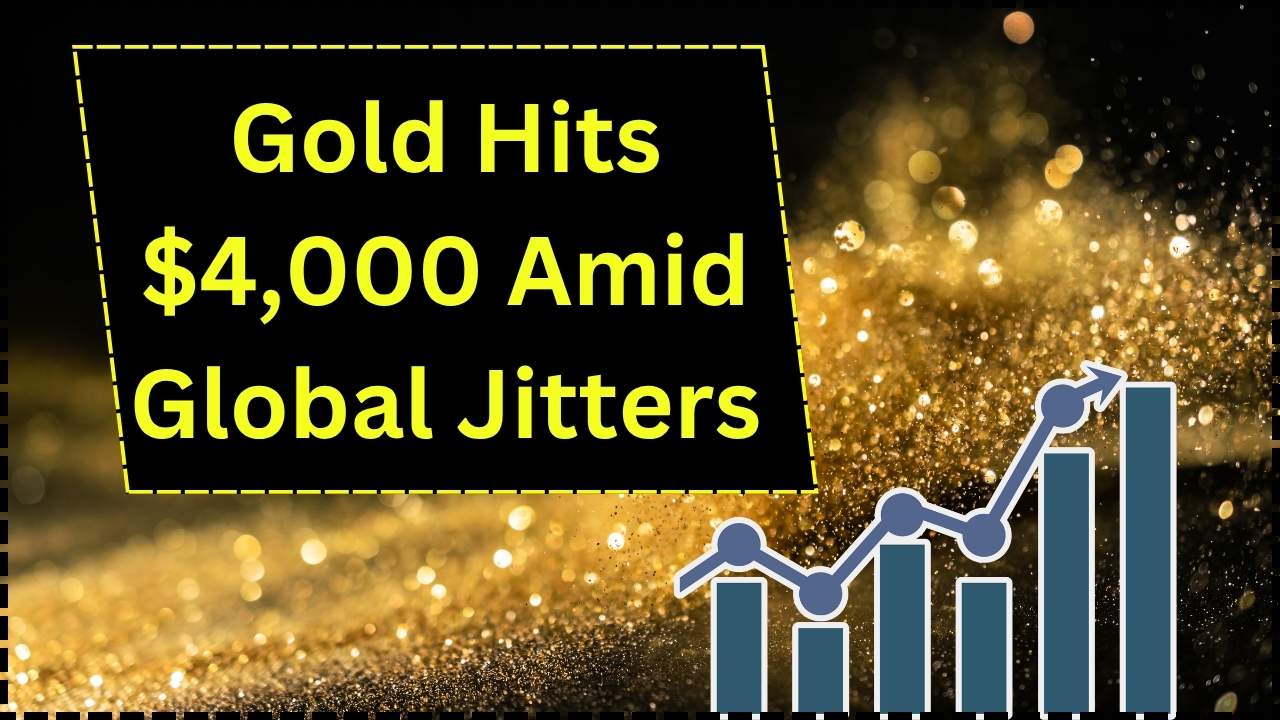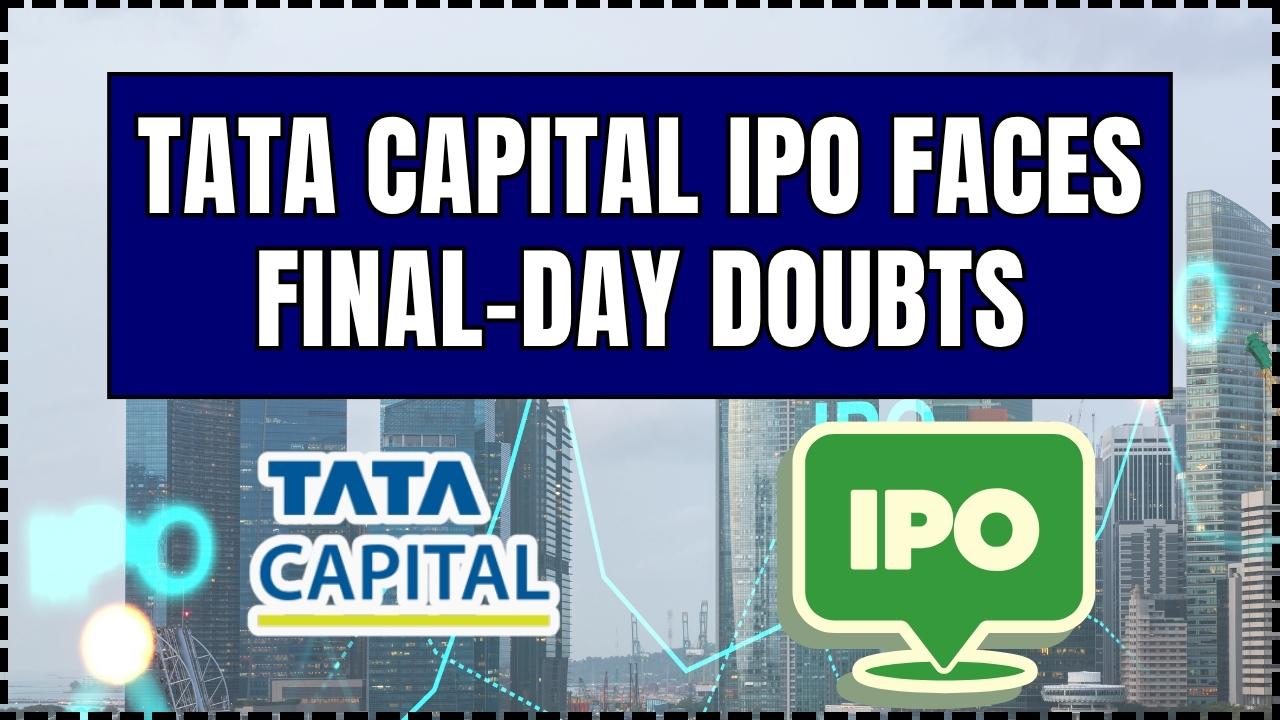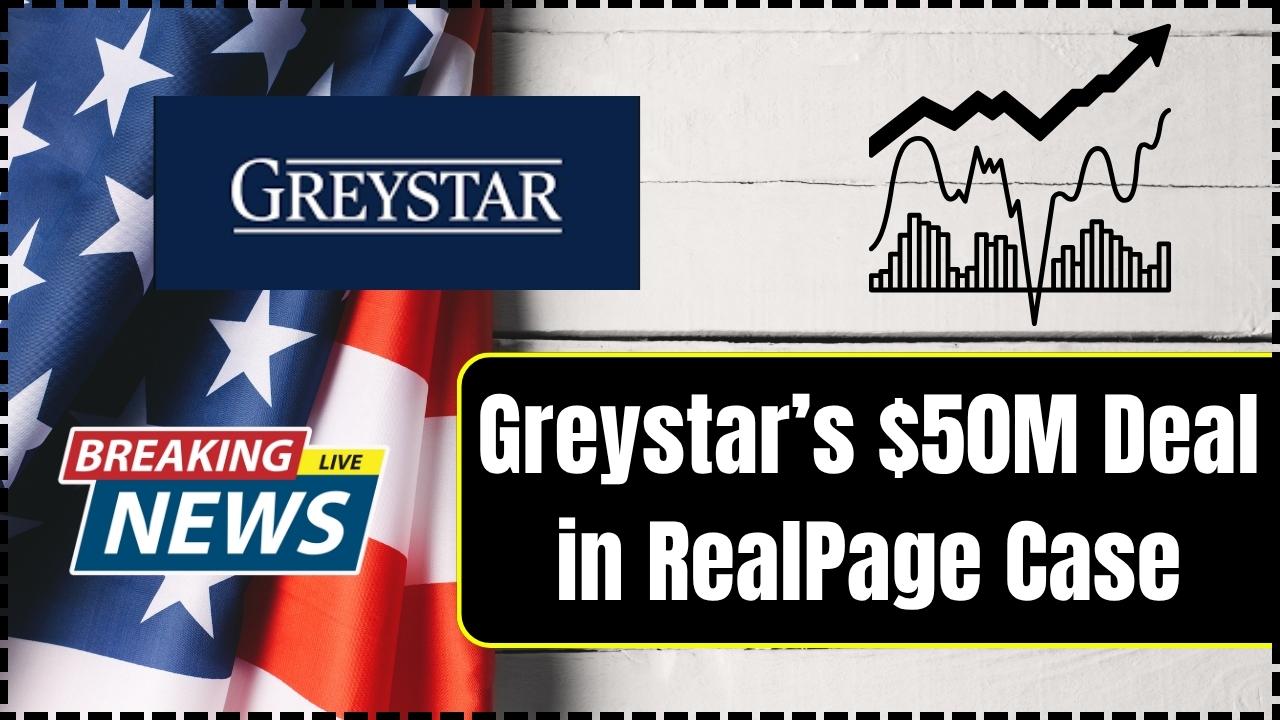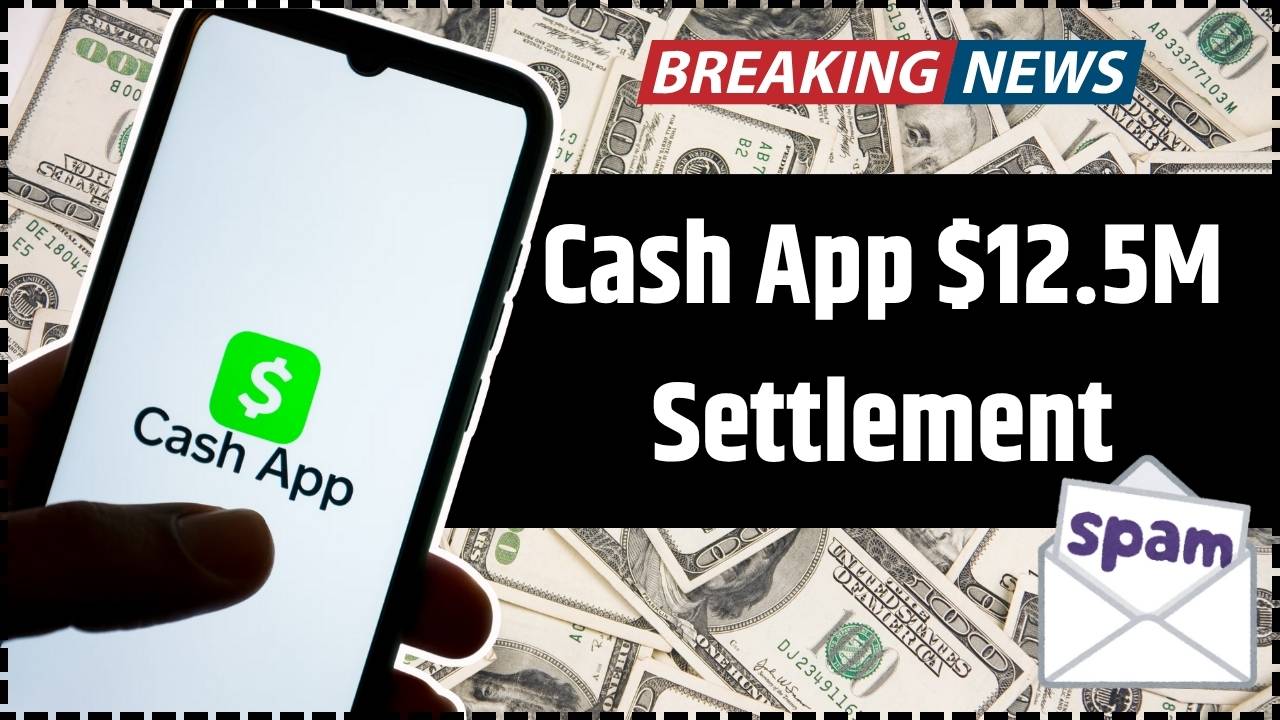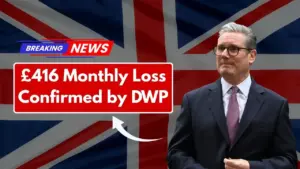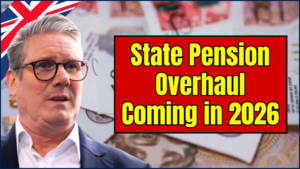
Capital One Settlement: If you held a Capital One 360 Savings account anytime between September 18, 2019, and June 16, 2025, this news is directly for you. The Capital One settlement in 2025 has become one of the most talked-about financial restitution cases of the year — not only because of the $425 million figure but also because it highlights how consumer banking transparency can make or break public trust. This article breaks everything down in plain English: what the case is about, who qualifies, how to claim your money, what pitfalls to avoid, and what experts say. The tone here is friendly yet informed — like chatting with someone who’s been in the finance game long enough to explain it clearly without the jargon.
Table of Contents
Capital One Settlement
The Capital One Settlement of October 2025 is a landmark reminder of how consumer awareness can drive change in the financial world. If you ever held a 360 Savings account, don’t ignore this — even a small payout is rightfully yours. You don’t need to file a claim, but you must act before October 2, 2025 to set your payment preferences or risk losing your share. Check your inbox, visit the official site, and take five minutes to confirm your details. While not everyone will recover their full “lost interest,” the case sends a clear message: in modern banking, silence isn’t golden — it’s costly.
| Topic | Key Details |
|---|---|
| Total Settlement | $425 million total (includes $300 million in cash payments + $125 million in future interest credits). |
| Eligibility Period | Accounts held between September 18, 2019 – June 16, 2025. |
| Eligible Accounts | Holders of Capital One 360 Savings (not the newer 360 Performance Savings). |
| Average Estimated Payout | Between $50 – $700, depending on balance and duration. |
| Bonus for Early Closure | Accounts closed or converted by October 2, 2025 receive ~15% more in lump-sum payments. |
| Future Interest Pool | $125 million for those keeping accounts open beyond Oct 2, 2025. |
| Final Approval Hearing | November 6, 2025, pending any appeals. |
| How to Get Paid | Automatic — no claim form for most users. Must select payment method (check or electronic). |
| Official Resource | CapitalOne360SavingsAccountLitigation.com (the only verified official site). |
What’s Capital One Settlement About (The Backstory)?
Let’s rewind a bit. For years, Capital One offered two types of savings accounts under the “360” brand:
- 360 Savings Account – An older product with relatively lower interest rates.
- 360 Performance Savings Account – A newer account offering higher rates, often exceeding 4 percent during periods when national averages hovered near 1–2 percent.
Here’s where the problem started. When Capital One launched the new 360 Performance Savings account, the bank allegedly did not notify existing 360 Savings customers that they could easily switch to the better-yielding account. The lawsuit argues that Capital One knowingly kept legacy customers at outdated rates — at times as low as 0.30% — while new customers on the “Performance” version earned nearly 4.3%.
That difference might not sound like much at first glance, but it adds up fast. Imagine someone with $20,000 in savings: earning 4% versus 0.3% means roughly $740 more per year in interest. Multiply that across millions of customers over several years, and you’re talking about billions of dollars in lost earnings.
So consumers and state regulators banded together. A class action was filed, claiming Capital One violated consumer protection laws by failing to disclose rate differences and by not moving loyal customers to fairer accounts automatically.
In response, Capital One agreed to pay $425 million to settle the dispute — without admitting any wrongdoing.

Who Qualifies for the Capital One Settlement?
Eligibility is pretty straightforward — if you held a Capital One 360 Savings account during the stated period, you’re likely included in the settlement.
That means:
- Current account holders.
- Former customers who closed their accounts.
- Joint account holders (each co-holder may have a claim portion).
- People who converted their account type before June 2025.
Even if you no longer bank with Capital One, you still qualify as long as your name was associated with an eligible account during that period.
If you exclusively held a 360 Performance Savings account, you’re not eligible. The claim centers on those who missed out on higher interest rates because they were stuck in the older 360 Savings program.
How Much Will People Get Paid?
Let’s talk numbers — the part everyone really wants to know.
Your payment is based on how much interest you missed compared with what you would have earned if your money had been in a 360 Performance Savings account during the same time.
The calculation formula considers:
- Average account balance between Sept 2019 – June 2025.
- Difference in interest rates each month between the two accounts.
- Length of time you held the account.
Example 1:
You had $15,000 in a 360 Savings account for five years, earning roughly 0.30% interest.
- If the 360 Performance Savings account averaged 3.8%, the missed interest totals about $2,625.
- Your portion of the $300 million fund will be proportional to your total “missed interest.”
While you might not recover the full $2,625, estimates suggest payments could range from $100 to $700 per average account depending on how many members qualify.
Example 2:
If your account had a small balance (say $1,000) and was open for less than a year, your payout might be under $5 — which means you’ll need to choose electronic payment to receive it.
Capital One won’t send checks below $5 to save administrative costs.

The Two-Tier Payout System Explained
This is where things get interesting:
- Tier 1 — Lump-Sum Cash Payments ($300 Million Pool)
Everyone in the settlement class gets a proportional payment based on lost interest. Those who close or convert their account before October 2, 2025, receive about 15% more because they’re giving up future interest opportunities. - Tier 2 — Additional Interest ($125 Million Pool)
For those keeping their 360 Savings account open past the deadline, Capital One will increase your rate temporarily to make up for prior low earnings. The bank must offer an interest rate at least twice the FDIC national average until the extra $125 million is fully paid out.
What You Need to Do for Capital One Settlement— Step-by-Step
1. Check your mail or email for the settlement notice.
If you’re eligible, you should receive an official notice from Capital One or the settlement administrator, Epiq Systems. The message includes a unique ID and PIN you’ll use on the website.
2. Visit the official settlement website.
Go to CapitalOne360SavingsAccountLitigation.com and log in using your notice credentials. From there, you can:
- Choose your payment method (check or electronic deposit).
- Update your mailing address or banking details.
- View your eligibility and estimated payout.
3. Decide whether to opt out or object.
- Opt Out: Exclude yourself entirely from the settlement. You won’t receive payment, but you retain the right to sue Capital One individually.
- Object: You remain part of the class but submit formal criticism or opposition to certain terms.
Both actions must be completed by October 2, 2025.
4. Verify your account status.
- Closing your account before October 2 earns you about 15% more in your lump-sum payment.
- Keeping it open means you qualify for future interest distributions.
5. Wait for court approval and distribution.
A final hearing on November 6, 2025, will determine if the settlement proceeds. If approved, expect payments within about 60 days.
6. Keep your documents.
Retain your notice, confirmation page, and payment info. They’re proof if delays or disputes occur.

Controversy and Criticism
This case hasn’t been without drama. In September 2025, 18 state attorneys general — including those from New York, California, and Massachusetts — filed an objection urging the court to reject the settlement, calling it “inadequate and unfair to consumers.”
They argued that:
- Capital One may save over $2.5 billion under the current terms.
- The average payout of around $50–$70 per customer doesn’t truly reflect actual losses.
- The deal allows Capital One to continue similar practices without long-term reform commitments.
Still, the settlement remains the largest consumer interest-rate class action in recent banking history.
Legal analysts note that while it may not reimburse every dollar lost, it’s a meaningful win for consumer rights and a warning to other banks that “set-and-forget” rate strategies could backfire legally.
Risks and Common Mistakes to Avoid
- Ignoring the deadline: If you fail to select your payment method by October 2, 2025, your share could be forfeited.
- Falling for scams: Only trust the official site ending in “capitalone360savingsaccountlitigation.com.” Any other domain or email requesting full Social Security numbers is fraudulent.
- Using outdated addresses: If your mailing or banking details are wrong, your payment could bounce.
- Accidental opt-out: Don’t check the exclusion box unless you truly want to leave the class. Once you opt out, you can’t get back in.
- Not checking spam folders: Some notices have gone to junk mail, so check carefully.
Broader Lessons for Consumers and Professionals
This case serves as a reminder for both consumers and industry professionals.
For consumers:
- Always check your bank’s current interest rates — loyalty doesn’t always pay.
- Compare products regularly; financial institutions often offer better terms to new customers.
- Set up alerts for rate changes or new account offers.
For professionals (finance, compliance, legal):
- Transparent communication with clients isn’t optional.
- Financial institutions must monitor “rate fairness” across customer segments.
- Regular audits of interest-bearing products can prevent class-action exposure.
The Capital One case will likely be discussed in compliance and consumer finance courses for years as a textbook example of rate discrimination and disclosure failure.
Gold Hits $4,000 Amid Global Jitters – Is the Rally Just Beginning?
Cash App $12.5M Settlement Over Spam Text Class Action; You can get $147, Check Eligibility
Expert Insight — What Analysts Are Saying
Financial analysts at American Banker note that while the settlement may seem like a “drop in the bucket,” it will likely push banks to be more transparent. Several predict that other institutions will proactively merge or simplify overlapping savings products to avoid similar suits.
Regulatory experts also suggest that this case could lead to new CFPB guidelines on how banks communicate product updates and rate changes to legacy customers.
For consumers, it’s a subtle but important victory: it establishes that failing to inform customers about better available options can constitute unfair financial practice.
What Happens Next?
After the final hearing in November 2025, assuming no appeals, payments will start rolling out by early 2026. Capital One will notify recipients via email and postal mail once distributions begin.
If the court sides with objecting states and rejects or modifies the deal, the timeline could shift. In that case, Capital One might renegotiate or increase the payout — though such outcomes are uncertain.
The court will also oversee how the $125 million future-interest pool operates and ensure rates stay compliant with FDIC averages.

